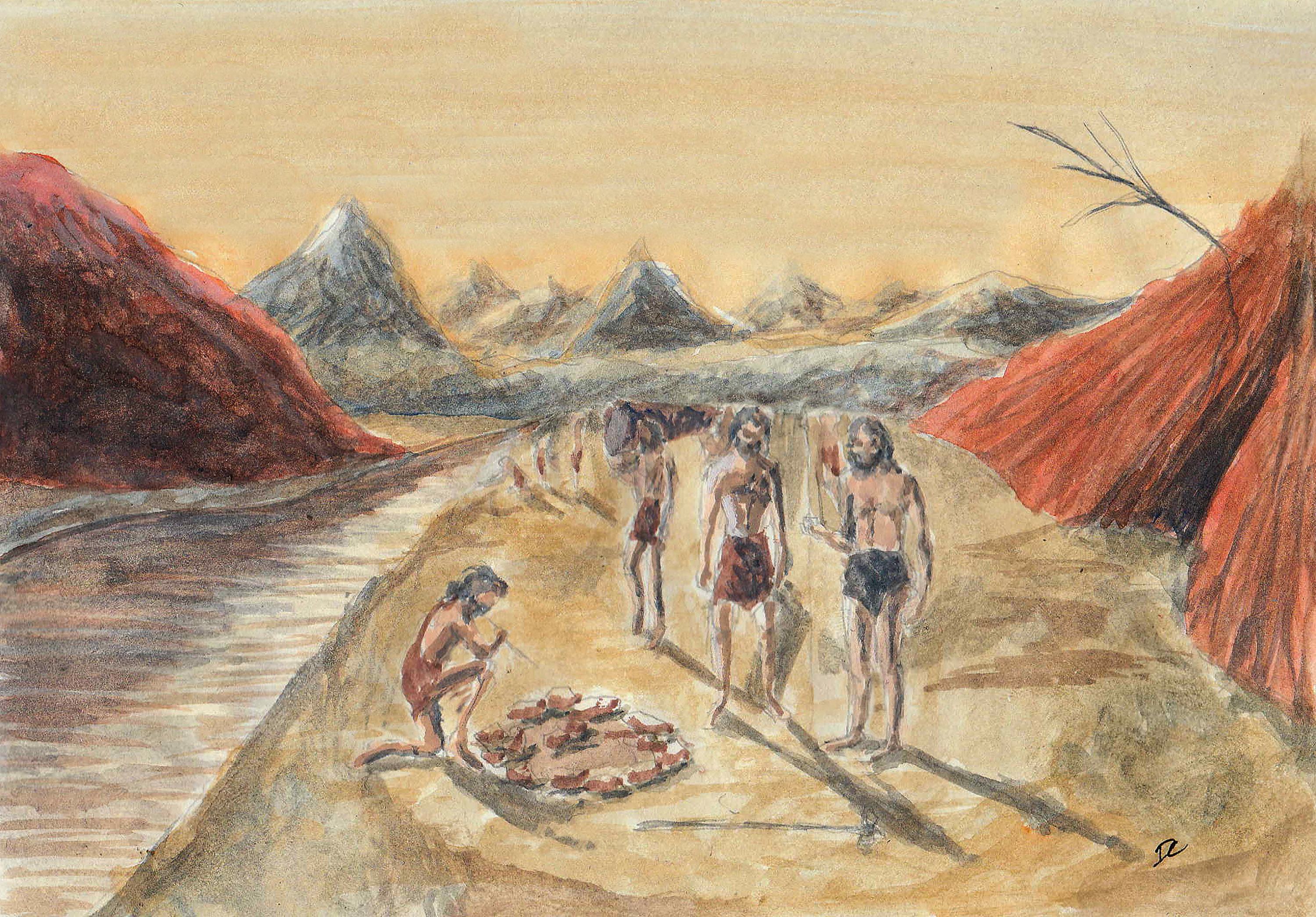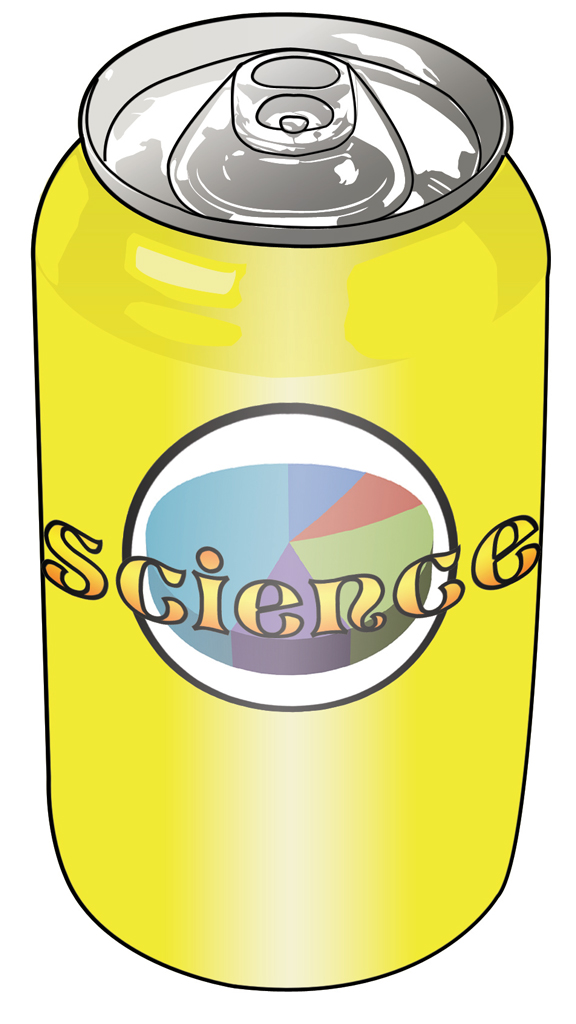In the 1962 movie What Ever Happened to Baby Jane, Joan Crawford and Bette Davis play siblings whose rivalry and hatred for each other almost surpasses the real-life malice between the two. In one scene, Davis’ character Jane kicks the crippled Blanche (played by Crawford) who has fallen out of her wheelchair. Whether by accident (as Davis claims) or on purpose (as most believe), Davis actually made contact with Crawford’s face, resulting in three stitches and a large protrusion on the side of the actresses’ face. In a subsequent take of the same scene, Crawford weighed herself down with a weightlifter’s belt lined with lead that she hid under her dress, so that when Davis dragged her body across the floor she strained her back.
The rivalry between these two, in many ways, is prototypical of many other rivalries, and it exemplifies some of the underlying principles of hatred identified by psychologists.
The Penguin Dictionary of Psychology defines hate as a “deep, enduring, intense emotion expressing animosity, anger and hostility towards a person, group or object.”
Professor of Psychology Ervin Staub has been studying hatred and violence for almost 30 years. In a recent article entitled The Origins and Evolution of Hate, he extends Penguin’s definition, pointing out that hate is more likely to occur when we view another person as having either equal or greater social or economic value rather than less. Humans may feel things like pity or distain for people they view as inferior to them, but true hatred typically comes about when the other is seen as equal or superior. Often, the hated person or group is seen as having more than they deserve, and that these fortunes have been acquired at the expense of the hater.
This is mirrored in the aforementioned feud between two of Hollywood’s leading actresses, each vying for acclaim over the other. The feud is thought to have been started when Crawford married an actor named Franchot Tone with whom Davis had been deeply in love. Davis felt that Crawford had deliberately seduced Tone in order to prevent her from uniting with him. “I have never forgiven her for that and never will,” she said in 1987.
Neuropsychologists Semir Zeki and John Paul Romaya of University College, London, recently used functional magnetic resonance imaging (fMRI) technology to investigate patterns of brain activity that correspond to hatred. “Hate is often considered to be an evil passion that should, in a better world, be tamed, controlled and eradicated,” Zeki said in an interview with The Independent. “Yet to the biologist, hate is a passion that is of equal interest to love.”
A total of 17 volunteers participated in their study, all of whom confessed to hating another individual, usually an ex-lover or coworker. Brain activity was measured while participants looked at a picture of the hated individual and was then compared to activity while looking at a picture of a neutral face.
Hatred was associated with increased activation of a number of distinct brain structures and regions.
One of these regions was the pre-motor cortex — an area associated with planning and executing motor activities, from playing the piano to kicking a co-star in the face. The authors hypothesized that activity in this region while feeling hatred may be related to preparation for attack or defense.
Also lighting up when looking at pictures of a hated individuals was the frontal pole, a structure thought to be critical for predicting the actions of others. It is obvious how the ability to anticipate a hated person’s actions is presumably an important skill when confronted with that person. Had Crawford’s frontal pole been sufficiently active, perhaps she would have been able to predict and take steps to prevent Davis’ on-set aggression.
Another structure which showed increased activation, the right putamen, has been previously found to correspond to the perception of contempt and disgust, which shouldn’t be much of a surprise considering that these emotions often go hand in hand with feelings of hate. Contempt, and perhaps some disgust, permeates this comment made by Bette Davis in the mid 1940s: “I wouldn’t piss on Joan Crawford if she were on fire,” she said.
Interestingly, two other parts of the brain — parts of the putamen and insula — were also activated in Zeki and Romaya’s study of hatred. In previous experiments, these same two areas have shown increased activation during states of romantic love, which may explain the overlap between these two opposite emotions, as well as the pervasiveness of the “love-hate relationship.”
“This linkage may account for why love and hate are so closely linked to each other in life,” the authors wrote.
There are a number of hypotheses as to why we hate. Bitter jealousy and unrequited love, as exemplified by Crawford and Davis, are the tip of the iceberg. Evolutionarily, hatred may stem out of the human tendency to group people into “us” versus “them,” Staub suggests. Inclusion in the “us” group may be based on a variety of cultural practices, genetic traits and simple preferences. As a fictional example, the hero of the novel Gulliver’s Travels discovers a land where a bitter hatred exists between two groups of people: those who break their eggs from the narrow end, and those who break them from the wide end. While this distinction is clearly petty and arbitrary to us, it illuminates the human tendency to identify with particular groups of people based on cultural practices that may be just as arbitrary.
It is also important to note that we form these groups not only based on what we have in common with other members, but based on what we distain in people from different groups. In other words, groups define themselves by what they are not as much as by what they are. Certain extreme religious sects exemplify both of these behaviours. The human propensity to belong to groups, while in most cases as harmless as identifying with fans of a particular sports team, is a precursor to the development of hatred, according to Staub.
The nature of hatred has larger and more significant implications and applications to warring tribes, cultures and religious groups around the world today than have been addressed here. Yet before looking to solve macro-level hatred, we might first address it within ourselves.
The following statement exemplifies both the depth and persistence of extreme hatred, and was made by Bette Davis long after her rival had died: “Just because a person’s dead,” she fumed “doesn’t mean they’ve changed.”




